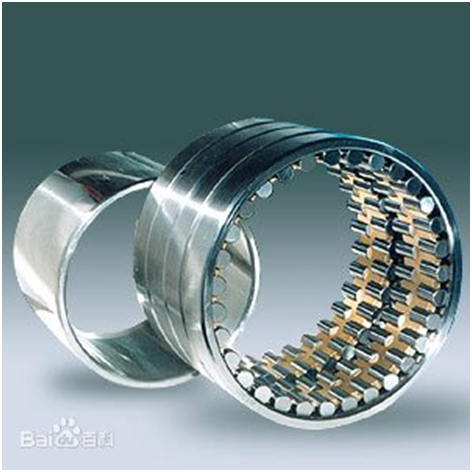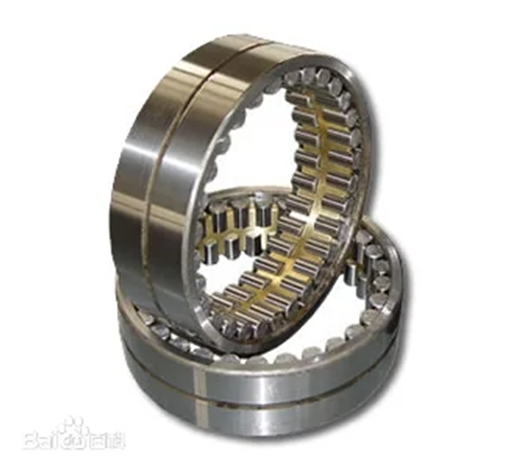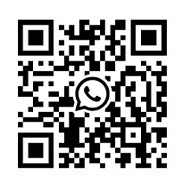09
2025
-
03
Common faults and daily maintenance of rolling mill bearing
Author:
Rolling mill bearings may be damaged prematurely during operation due to various reasons, such as poor assembly, water and foreign body intrusion, corrosion and overload. Even in the case of normal installation, lubrication and use and maintenance, after a period of operation, the bearing will appear fatigue spalling and wear and can not work normally. In short, the fault causes of rolling mill bearings are very complicated, and the common faults and reasons are analyzed as follows.
Fatigue spalling
The inner and outer raceways of the rolling bearing and the surface of the rolling body both bear the load and roll relatively. Due to the action of the alternating load, cracks are first formed at a certain depth below the surface (at the maximum shear stress), and then extended to the contact surface to make the surface spalling pit, and finally developed to a large spalling phenomenon, which is fatigue spalling. Fatigue spalling will cause increased impact load, vibration and noise during operation. Under normal circumstances, fatigue spalling is often the main cause of rolling bearing failure.
wear
Due to the intrusion of dust and foreign matter, the relative movement of raceway and rolling body will cause surface wear, and poor lubrication will also aggravate the wear. As a result of wear, the bearing clearance will increase, the surface roughness will increase, the bearing operation accuracy will be reduced, and the vibration and noise will also increase. Therefore, the wear limit the bearing life to a certain extent.
Plastic deformation
When the bearing is subjected to large impact loads or static loads, or additional loads caused by thermal deformation, or foreign bodies with high hardness invade, dents or scratches will be formed on the raceway surface. This will cause the bearing to produce severe vibration and noise during operation, and once there is an indentation, the impact load caused by the indentation will further cause the nearby surface to fall off.

Routine maintenance
Inspection of bearings during operation
According to the maintenance procedures, the bearing is regularly listened to, observed and measured. Listening is to use one end of the listening rod to the radial housing of the bearing axial end cover and the bearing seat, and the other end to listen to whether the bearing has the sound of impact and mechanical friction during operation. Observation is to observe the operating environment, installation position, vibration offset, lubrication, etc., whether there are bad conditions. The measurement is to use a thermometer and a vibration meter to regularly test the bearing seat. These methods are used to periodically check the bearing to determine whether the bearing is in normal condition.
Inspection of bearings at rest
Check the fastening of the relevant parts to confirm whether the parts are in the correct position and whether there are any loose abnormalities. In addition, the bearing lubrication is tested to detect whether there is foreign matter in the lubricating oil. When the diameter of the foreign body is less than the minimum working clearance of the bearing, the foreign body can stir with the lubricating oil through the clearance, causing friction on the working face of the rolling body; When the diameter of the foreign body is greater than the working clearance of the bearing, the foreign body is crushed or ground into thin dust adhering to the bearing surface or embedded in it. If the crushed foreign debris is not embedded in the working surface and enters the lubricating oil, it will aggravate the bearing wear, thus making the bearing fatigue spalling, causing the working surface temperature to rise and the lubricating oil to lose its function, making the bearing fail. After the foreign body is crushed or embedded in the rolling body, the oil film is soon destroyed, causing the bearing to work in the state of friction and be damaged.
Inspection of bearings after removal
When the roll is replaced, a cleaning agent can be used to clean the bearing, dry it with compressed air, and then check the rolling body, cage and raceway. The rolling body and raceway have dents, pitting corrosion and other phenomena, and should be replaced according to the specific situation. At the same time, if necessary, the bearing seal should be replaced to prevent the bearing life from being affected by poor sealing. If the bearing seal is poor, the emulsion enters the bearing, causing water pollution to the lubricating oil or grease, resulting in the fatigue strength of the bearing material is reduced, and it is easy to crack. At the same time, if the seal is not good, the rolling iron oxide enters the bearing to destroy the lubrication condition, so that the bearing element surface wear.

Bearing installation
Push-in installation
The press installation is generally used, bolts and nuts can also be used, and a hand hammer can be used when forced, but the pad on the inner ring should be used, which has become the main reason for the damage of the bearing installation operation. Therefore, it is only limited to the occasions of small interference, can not be used for large interference or medium and large bearings, such as deep groove ball bearings and other non-separation bearings, the inner and outer rings need to install interference, you need to pad the pad, and press the inner and outer rings with screw or oil pressure at the same time. Aligning ball bearing outer ring is easy to tilt, even if it is not interference fit, it is best to pad pad installation. Cylindrical roller bearings, tapered roller bearings and other separate bearings, the inner and outer rings can be installed on the shaft and shell, and then combined with the upper inner ring and the outer ring, the key is to steadily close the two, so that the center of the two does not deviate, forced into the raceway surface will cause card damage.
Hot charge
Large bearings need a lot of force when pressed into, more difficult to press into, so the bearing heater is generally used to heat the bearing inner ring to 100 ° C ~120 ° C, and the inner ring is quickly inserted into the roll. After installation, the bearing cools down, the width direction will also shrink, and it should be tightened with shaft nuts or other appropriate methods to prevent gaps between the inner ring and the bearing shoulder.
Inspection of bearings after installation
After the bearing installation, in order to check whether the installation is correct, the operation check can be carried out by hand rotation to confirm whether it is smooth. The operation is not smooth due to foreign matter or indentation; Uneven rotating torque due to poor installation and poor processing of mounting seat; Excessive torque caused by too small clearance, installation error, sealing friction, etc. If nothing abnormal can start operation. Check whether there is vibration, sound, whether there is contact between rotating parts, etc., and carry out power operation after confirming that it is correct. The operation check starts from no-load low speed and slowly increases to rated condition operation. The check items in the test run are: whether there is abnormal sound, whether the bearing temperature rise is normal, whether the lubricant leaks and discoloration. If there are any anomalies during the test run, the operation should be stopped immediately, the equipment should be checked, and the bearing should be removed if necessary.
By analyzing the common faults and causes of rolling mill bearings and formulating scientific and reasonable maintenance procedures, it can effectively improve the service life of bearings, reduce the accident rate, reduce spare parts consumption, ensure production time, and provide a strong guarantee for cost reduction and efficiency increase.
RELATED NEWS



